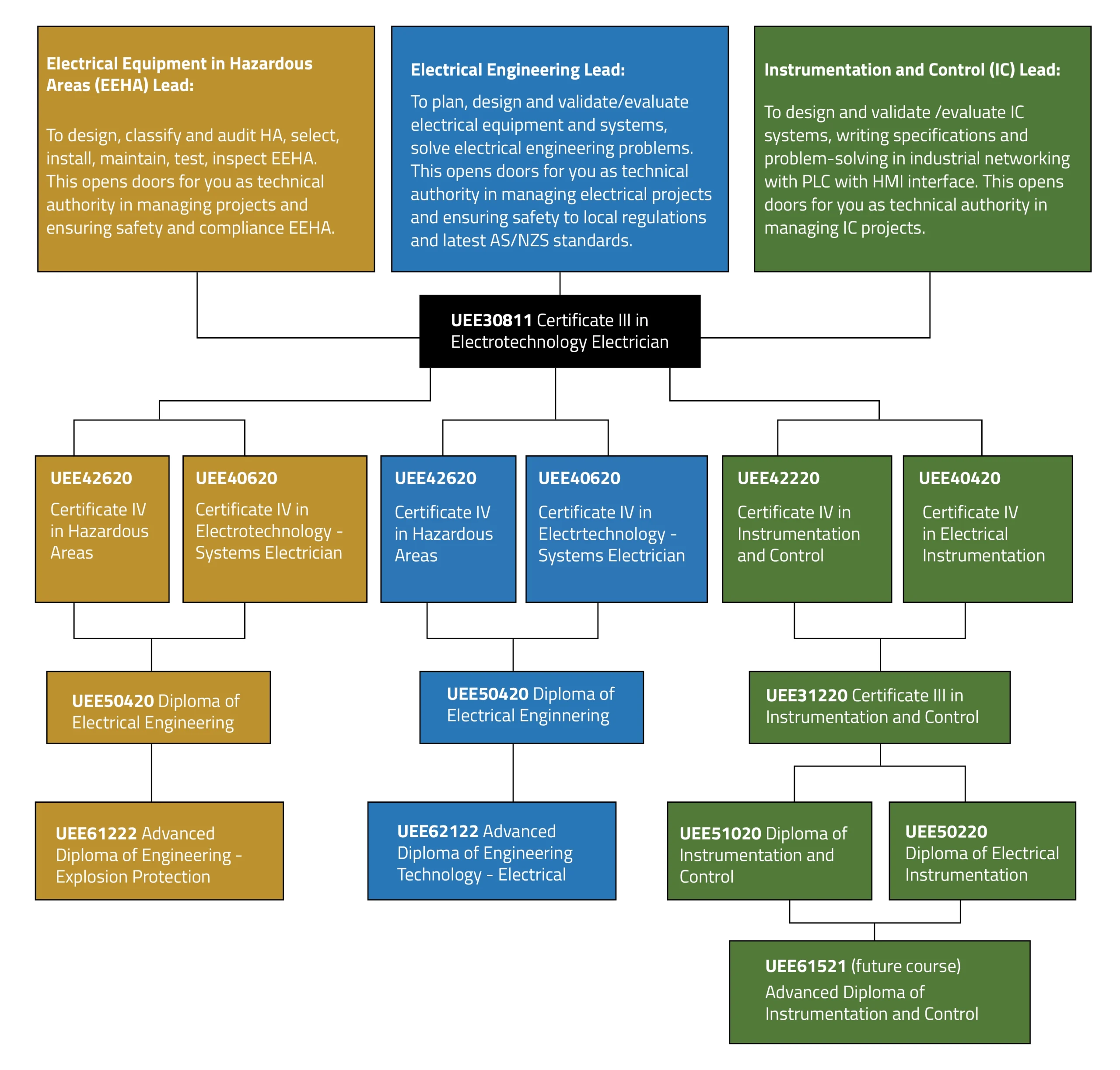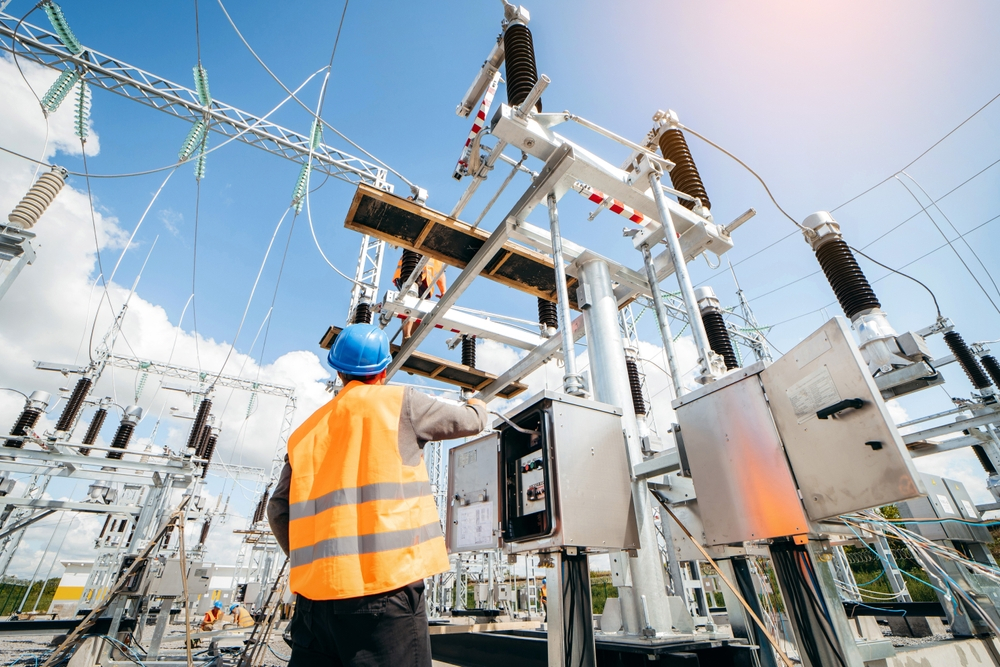The Main Principles Of Roar Solutions
The Main Principles Of Roar Solutions
Blog Article
Roar Solutions - The Facts
Table of ContentsThe Best Strategy To Use For Roar SolutionsGetting My Roar Solutions To WorkRoar Solutions Fundamentals Explained
In order to safeguard installations from a potential surge a technique of analysing and classifying a possibly harmful area is required. The objective of this is to guarantee the correct selection and setup of equipment to inevitably protect against a surge and to make sure safety and security of life.
(https://letterboxd.com/roarsolutions/)
No devices needs to be installed where the surface temperature of the devices is higher than the ignition temperature level of the offered risk. Below are some common dirt hazardous and their minimum ignition temperature. Coal Dust 380C 225C Polythene 420C (thaws) Methyl Cellulose 420C 320C Starch 460C 435C Flour 490C 340C Sugar 490C 460C Grain Dust 510C 300C Phenolic Material 530C > 450C Aluminium 590C > 450C PVC 700C > 450C Soot 810C 570C The possibility of the risk being existing in a concentration high adequate to trigger an ignition will certainly differ from location to location.
Harmful area electric equipment maybe created for usage in greater ambient temperatures. Area Repair Work By Authorised Employee: Complicated testing may not be needed nonetheless details procedures might need to be adhered to in order for the devices to preserve its 3rd party ranking. Each item of devices with a harmful rating must be evaluated separately.
Rumored Buzz on Roar Solutions
The tools register is a thorough data source of tools documents that includes a minimum set of fields to recognize each thing's location, technological specifications, Ex category, age, and ecological information. This information is critical for monitoring and managing the devices properly within unsafe areas. In contrast, for routine or RBI tasting assessments, the grade will certainly be a combination of In-depth and Close evaluations. The ratio of Comprehensive to Shut assessments will be established by the Equipment Risk, which is analyzed based upon ignition threat (the possibility of a resource of ignition versus the possibility of a flammable atmosphere )and the hazardous location classification
( Area 0, 1, or 2). This variant will likewise affect the resourcing demands for job preparation. Once Great deals are defined, you can create sampling strategies based on the example dimension of each Lot, which describes the number of arbitrary equipment things to be examined. To figure out the required example dimension, two aspects require to be reviewed: the size of the Lot and the category of evaluation, which shows the degree of effort that need to be used( decreased, normal, or enhanced )to the inspection of the Great deal. By combining the group of evaluation with the Whole lot dimension, you can after that develop the ideal being rejected requirements for an example, suggesting the permitted variety of defective products located within that sample. For even more details on this process, please describe the Power Institute Guidelines. The IEC 60079 basic advises that the maximum period in between assessments should not exceed 3 years. EEHA evaluations will certainly also be performed beyond RBI projects as part of scheduled upkeep and tools overhauls or fixings. These assessments can be credited toward the RBI sample dimensions within the affected Whole lots. EEHA examinations are performed to determine mistakes in electrical equipment. A weighted racking up system is important, as a single tool might have several mistakes, each with differing degrees of ignition danger. If the combined rating of both examinations is less than two times the mistake rating, the Whole lot is considered acceptable. If the Lot is still considered unacceptable, it should undertake a full assessment or reason, which may set off more stringent assessment procedures. Accepted Whole lot: The reasons for any type of faults are determined. If a typical failing setting is located, extra tools might call for assessment and repair. Mistakes are identified by intensity( Security, Integrity, Home cleaning ), making certain that urgent problems are assessed and addressed without delay to mitigate any type of effect on safety and security or operations. The EEHA database should track and videotape the lifecycle of mistakes in addition to the restorative actions taken. Applying a durable Risk-Based Assessment( RBI )method is crucial for making sure conformity and safety in managing Electric Tools in Hazardous Locations( EEHA) (hazardous area course). Automated Fault Scoring and Lifecycle Monitoring: Effortlessly manage faults and track their lifecycle to boost assessment precision. The introduction of this assistance for risk-based inspection better reinforces Inspectivity's placement as a best-in-class remedy for governing conformity, along with for any asset-centric inspection use case. If you are interested in discovering more, we welcome you to request a presentation and find exactly how our remedy can change your EEHA monitoring procedures.
Examine This Report about Roar Solutions

In terms of explosive risk, a dangerous area is an atmosphere in which an explosive atmosphere is present (or might be anticipated to be existing) in quantities that require special preventative measures for the building and construction, installation and use devices. Roar Solutions. In this write-up we explore the challenges faced in the office, the threat control steps, and the needed competencies to function safely
It is an effect of visit this web-site contemporary life that we make, store or take care of a series of gases or fluids that are deemed flammable, and a range of dusts that are regarded combustible. These materials can, in certain problems, form eruptive atmospheres and these can have major and awful consequences. A lot of us are familiar with the fire triangular eliminate any kind of one of the three aspects and the fire can not occur, however what does this mean in the context of hazardous areas? When damaging this down into its easiest terms it is essentially: a mix of a specific quantity of release or leakage of a specific substance or product, combining with ambient oxygen, and the existence of a source of ignition.
In the majority of circumstances, we can do little regarding the levels of oxygen in the air, however we can have significant influence on sources of ignition, as an example electrical tools. Hazardous locations are recorded on the hazardous area classification drawing and are determined on-site by the triangular "EX LOVER" indication. Right here, amongst other crucial info, areas are split into three types depending on the risk, the probability and period that an explosive environment will certainly exist; Area 0 or 20 is deemed the most unsafe and Zone 2 or 22 is deemed the least.
Report this page